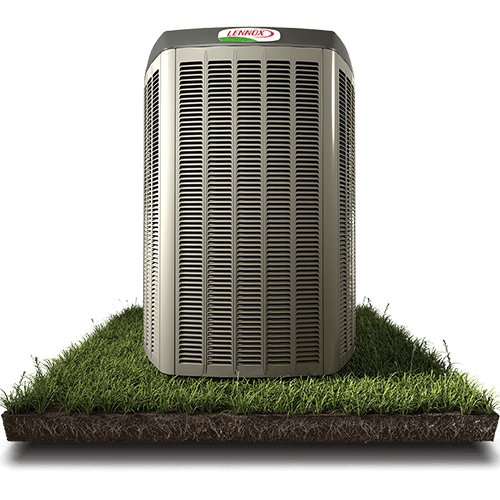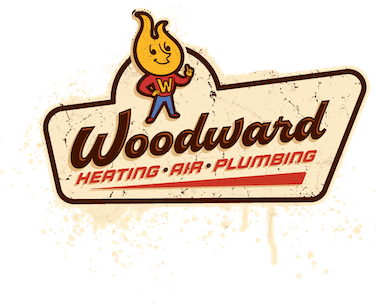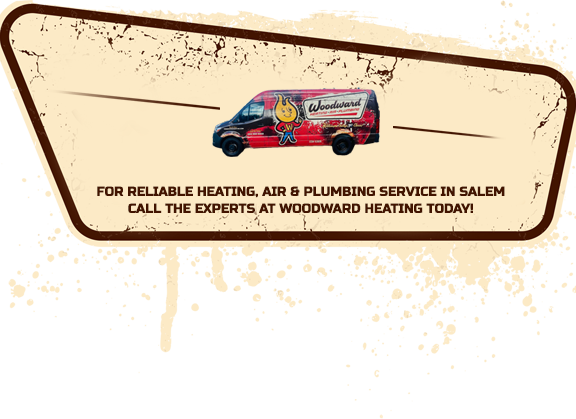
Air conditioning is responsible for a huge percentage of your monthly electricity bill. The US Department of Energy estimates that about 5% of electricity consumption in this country goes to air conditioning. There’s good news, though. Thanks to the use of advanced technology by the manufacturers, new air conditioning units are more energy-efficient than ever. When you buy a modern air conditioning system, you’ll consume between 20% and 40% less energy compared to using cooling equipment that is only 10 years old. This is also according to the Department of Energy, which recommends modern air conditioners for American homes.
1. Better SEER and EER Ratings
Modern AC units have better EER and SEER ratings, which means they’re more energy-efficient. Let’s take a look at what these evaluations mean.
EER (Energy Efficiency Ratio) measures how efficient an air conditioning system is at cooling. It shows the cooling capacity of a system for every unit of power the system consumes. It is arrived at by dividing the cooling capacity of an AC per hour by the watts the AC consumes in the same hour. To get the EER rating, manufacturers test their units during the hottest day of the season.
With the EER rating, you can see how much cooling your system gives for every dollar you spend. Older systems may have an EER of 6 or lower while newer systems have an EER of 13 and above. You will find AC units with an EER rating of more than 16.
SEER (Seasonal Energy Efficiency Ratio) measures the efficiency of an AC over a cooling season. Unlike EER, which is taken on the hottest day of the season, SEER considers variations in humidity and fluctuations in indoor and outdoor temperature. The rating applies to larger central air conditioning systems and mini-split HVACs.
With the SEER rating, you can predict your energy consumption for an entire cooling season. However, note that the SEER rating doesn’t consider the average regional temperature. Still, you need a high SEER rating to experience energy savings.
Modern AC units offer that improved efficiency. The minimum recommended SEER rating is 14, but you will find systems with a rating as high as 24. As the SEER rating goes higher, the energy savings mount up as well.
Besides EER and SEER, the HSPF (Heating Seasonal Performance Factor) rating also determines the efficiency of an AC unit. This value is a measure of the efficiency of a heat pump. Modern heat pumps offer a minimum HSPF rating of 8.2, but some are available with ratings as high as 13.
2. The Use of Smart Thermostats
The advent of programmable thermostats led to huge energy savings. These are thermostats that you set based on your unique needs. Instead of setting the thermostat often, you use a pre-programmed schedule to minimize energy use when you are not at home.
Smart thermostats are somewhat different. They actually learn your routine and alter the energy use accordingly. They also allow you to control the temperature of your home from your smartphone.
According to a study by Nest, smart thermostats help homeowners with air conditioning systems consume an average of 15% less energy. Ecobee claims that a smart thermostat can help you save up to 23% of the energy you use to cool a home.
Smart thermostats save energy through a number of features. These units combine scheduling, motion sensing and geofencing to determine when to turn up the air conditioning. Consequently, they save energy when you’re not home.
The fact that you can regulate the temperature of your home when you are away makes this unit very efficient. Perhaps you had planned to be home, but something came up, and you won’t be around for a few days. You can switch off the AC remotely to save energy.
You will spend more buying a smart thermostat, but the energy savings will be worth the initial cost. The technicians from Woodward Heating Air Plumbing can help you realize huge energy savings by installing a smart thermostat anywhere in the Salem area.
3. Variable Speed Motors
A variable-speed motor allows you to control one of the major aspects of your cooling system. This is an energy-saving feature that older AC units did not have.
The variable-speed motor design gives great savings for fans and pumps. When a fan’s speed of rotation is reduced by half, the energy usage is reduced by up to an eighth of what the original speed used. You can thus vary the speed of the fan and the operation of the pump based on your air conditioning requirements.
Modern systems have automatic variable speed motors. In these, the system monitors humidity, temperature and other factors to vary the speed of the motor and deliver as much or as little cooling as you need.
The motor might rotate more when the temperature is high. When the temperature drops to a certain range, the motor slows down until the thermostat detects a temperature increase. This improvement will make you more comfortable in your living space while saving energy.
4. Two-Stage Compressors
Modern systems feature two-stage compressors, which are much more energy-efficient. These systems have a compressor that operates at two different capacities. It can be either low and high or medium and high. With such a system, your AC will run at the low or medium setting most of the time and the high setting only when you need more cooling.
These two-stage compressors are similar to variable speed compressors, and they’re both totally different from one-stage compressors that run at a single level. A single-speed compressor needs to start and stop several times during routine operation, and this means more energy usage.
During cooler periods, a two-stage system switches to a low setting to save energy and reduce humidity. When the temperature heats up, the system switches to high power to cool your home. Its ability to run at the lower power setting eliminates the need to cycle constantly, and this prolongs the equipment’s life.
5. The Advent of Mini-Split Systems
Mini-split systems are efficient modern AC units that offer the owner targeted cooling. Instead of cooling the entire home, these systems can cool each room separately. This makes them effective when dealing with hard-to-cool areas such as the sunroom.
These systems are also better at zoning. They feature a single outdoor unit and several indoor units, each for a specific room. In this way, you can cool the rooms that are in use and switch off or slow down the AC in rooms that are not being used.
They are also duct-free, which means you never have to deal with leaks. Most ducts may look just fine, but they often have cracks and openings that affect the efficiency of the cooling equipment. These leaks can lead to a great deal of wasted energy.
Consult With Local Experts
At Woodward Heating Air Plumbing, we specialize in the installation, maintenance, and repair of heating and cooling systems for the home. You can also count on us to deal with ductless systems, indoor air quality services, thermostat upgrades, gas piping, and fireplace installation and repair. We serve residents throughout the Salem area. Call Woodward Heating Air Plumbing today to discuss your HVAC needs with a technician.






